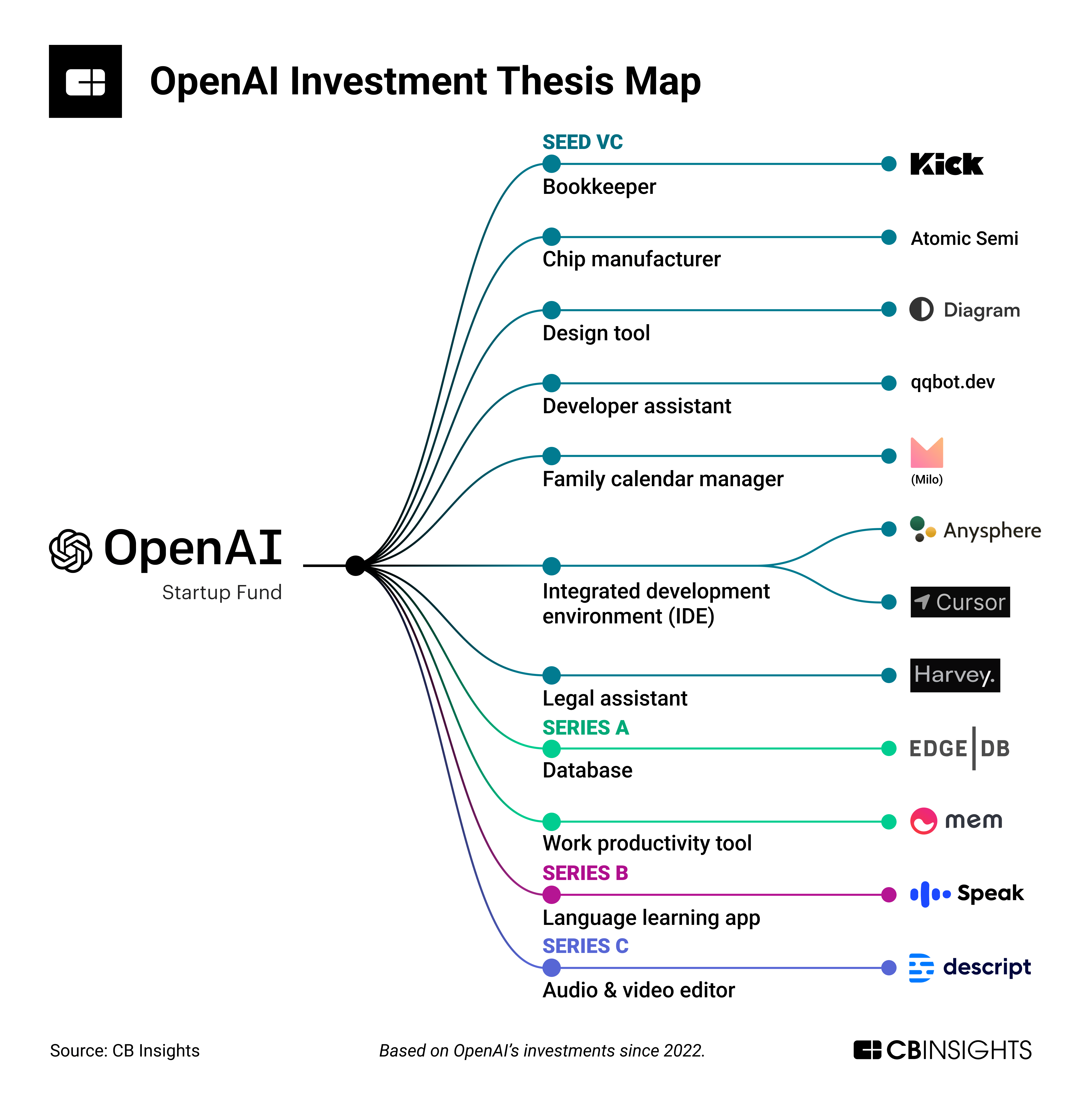Building Voice Assistants Made Easy: OpenAI's New Tools

Table of Contents
Simplified Natural Language Understanding (NLU) with OpenAI's Models
Natural Language Understanding (NLU) is the cornerstone of any successful voice assistant. Traditionally, building robust NLU capabilities required vast amounts of training data and significant expertise in machine learning. OpenAI's pre-trained models drastically reduce this burden. These powerful models, honed on massive datasets, provide exceptional accuracy in understanding user intent, even with limited custom training data.
- Reduced development time and costs: Instead of spending months building and training your own NLU models, you can leverage OpenAI's pre-built capabilities, saving valuable time and resources. This allows for faster prototyping and quicker time-to-market.
- Improved accuracy in understanding user intent: OpenAI's models are trained on a massive scale, leading to superior performance in interpreting nuanced language and complex queries. This results in a more intuitive and responsive user experience.
- Integration with various programming languages: OpenAI's APIs are designed for easy integration with popular programming languages like Python, JavaScript, and others. This flexibility ensures seamless incorporation into your existing development workflow.
- Examples of OpenAI models suitable for voice assistant development: Models like GPT-3 and Whisper offer excellent NLU capabilities. GPT-3 excels at understanding context and generating human-like text responses, while Whisper shines in accurate and efficient speech-to-text transcription. These tools are invaluable for building sophisticated and accurate voice assistants.
Streamlined Speech-to-Text and Text-to-Speech Capabilities
Converting spoken words into text (speech-to-text) and vice versa (text-to-speech) are crucial components of any voice assistant. OpenAI's advancements in these areas make integration significantly easier and more efficient.
- High accuracy speech-to-text conversion: OpenAI's speech recognition models boast high accuracy, even in noisy environments or with various accents. This ensures that your voice assistant correctly interprets user commands and queries.
- Natural-sounding text-to-speech output in multiple languages: OpenAI's text-to-speech synthesis creates natural-sounding audio output in multiple languages, enhancing user experience and accessibility.
- Easy API access for seamless integration into your voice assistant: OpenAI provides straightforward API access to these features, allowing for smooth integration into your application without extensive coding or complex configurations.
- Reduced latency for real-time conversational experiences: The APIs are optimized for low latency, delivering near real-time responses for a fluid and engaging conversational experience.
OpenAI's Ecosystem for Voice Assistant Development
OpenAI offers a comprehensive ecosystem to support developers throughout the voice assistant development lifecycle. This supportive environment ensures that you have the resources you need to succeed.
- Comprehensive documentation and API references: Detailed documentation provides clear explanations, examples, and best practices to guide you through the development process.
- Step-by-step tutorials and code examples: OpenAI offers a wealth of tutorials and code samples to assist with integration and customization of its tools.
- Active community forums for support and collaboration: Connect with other developers, share your experiences, and receive help from the OpenAI community.
- Integration with other OpenAI services for a holistic solution: OpenAI's services often work seamlessly together. This allows for the creation of more sophisticated voice assistants with enhanced capabilities.
Cost-Effectiveness of Using OpenAI for Voice Assistant Development
Developing voice assistants can be expensive, but OpenAI offers a cost-effective solution.
- Pay-as-you-go pricing model: OpenAI uses a flexible pay-as-you-go model, meaning you only pay for the resources you consume.
- Cost comparison with traditional development methods: Compared to traditional methods involving extensive data collection, model training, and engineering efforts, OpenAI's pre-trained models and APIs significantly reduce overall development costs.
- Potential for significant cost reduction: Using OpenAI's services can drastically lower development costs, particularly for smaller teams or startups.
Conclusion
OpenAI's new tools are dramatically changing the landscape of voice assistant development. By simplifying NLU, speech-to-text, and text-to-speech processes, and offering a supportive ecosystem, OpenAI empowers developers of all skill levels to build sophisticated voice assistants quickly and cost-effectively. Don't be left behind – start building your own voice assistant today with OpenAI's innovative tools. Explore the possibilities and discover how easy it is to build voice assistants with OpenAI!

Featured Posts
-
 77 Inch Lg C3 Oled Is It Worth The Hype My Honest Review
Apr 24, 2025
77 Inch Lg C3 Oled Is It Worth The Hype My Honest Review
Apr 24, 2025 -
 Lab Owner Pleads Guilty To Falsifying Covid Test Results
Apr 24, 2025
Lab Owner Pleads Guilty To Falsifying Covid Test Results
Apr 24, 2025 -
 Google Fis 35 Month Unlimited Plan A Budget Friendly Option
Apr 24, 2025
Google Fis 35 Month Unlimited Plan A Budget Friendly Option
Apr 24, 2025 -
 Canadian Auto Dealers Propose Five Point Plan Amidst Us Trade War
Apr 24, 2025
Canadian Auto Dealers Propose Five Point Plan Amidst Us Trade War
Apr 24, 2025 -
 Nba All Star Game Draymond Green Moses Moody And Buddy Hield Participate
Apr 24, 2025
Nba All Star Game Draymond Green Moses Moody And Buddy Hield Participate
Apr 24, 2025
